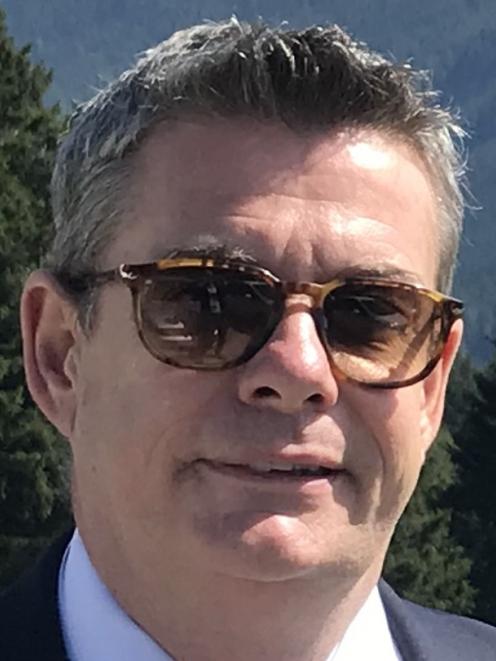
The concept is new.
This evening, Prof McKeever hopes to demystify the Waitaki Whitestone Geopark Trust's bid for Unesco Global Geopark status at a public lecture at the Oamaru Opera House.
"Geology is sort of the setting for everything, but it is really about sustainable development, community empowerment, community involvement,'' Prof McKeever said from Melbourne last week.

He was the former global co-ordinator for the Global Geoparks Network and he was there when the first geoparks were created.
"In the year 2000, there were four areas in Europe - one in Germany, Spain, France and Greece - and they'd been working together for a number of years on projects related to geological heritage and tourism around geology.
"They organised a conference in Spain, which I went to, and that was really the start of the geoparks movement as such.
"That's where the first geoparks were created and then from there things kind of took on a life of their own.
"Just a few years later, in the year 2004, we had 18 geoparks in different parts of Europe already by that stage - all working together, sharing their experiences.
Eight geoparks in China followed, and the label ``global geopark'' was born.
In 2015, Unesco took the whole thing under its wing and created the Unesco Global Geopark label.
It was the first time since 1972, when Unesco created world heritage sites, that the organisation had created a new designation of this type, he said.
"When I look back at the early years - 2000, 2001, 2002 - we really had no idea where all this would end up. But we're absolutely delighted.
"It's very new, so when you say not very many people will have heard of it, that would be right.''
Late last year, the Waitaki Whitestone Geopark Trust submitted its 300-page dossier to Unesco in Paris.
If successful, Unesco evaluators will visit the proposed Waitaki Unesco Global Geopark this winter.
Prof McKeever has performed that role numerous times, and in his first visit to New Zealand, he will informally reprise the role if required.
He helped to develop the criteria for becoming a Unesco global geopark, and said while the key was to have "geological heritage of international value'', community buy-in was essential.
Education programmes were crucial, and the Waitaki needed to show it was operating as a de facto geopark already.
"The raison d'etre for creating the geopark label - yes, it was about promoting the story of the earth - but it's also about using that to bring economic benefit to rural communities.
"And we want to do sustainable tourism in as many places as the key to that.
"It's not necessarily about attracting mass tourism ... but it's about attracting more the discerning tourist and bringing added value to the tourism product as well.''












